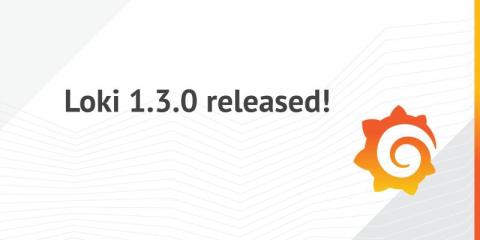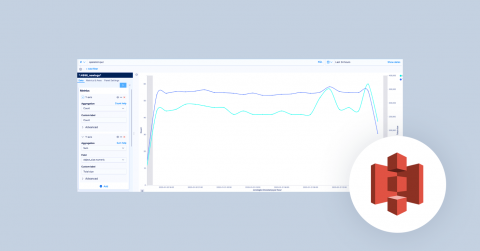Manufacturing 2020: Time to Reinvent After a Golden Decade
Generally, 2009 to 2019 were 10 golden years for manufacturers worldwide. After the swift recovery from the economic and financial crisis in 2008/09, many manufacturers have been enjoying double-digit order intake growth, increasing revenues and profits for over a decade. German manufacturers in particular benefitted from an unprecedented peak in 2018. Volkswagen delivered a record-high number of 11 million cars and grew its revenues to 236 billion euros, the highest revenue ever in its long history.









